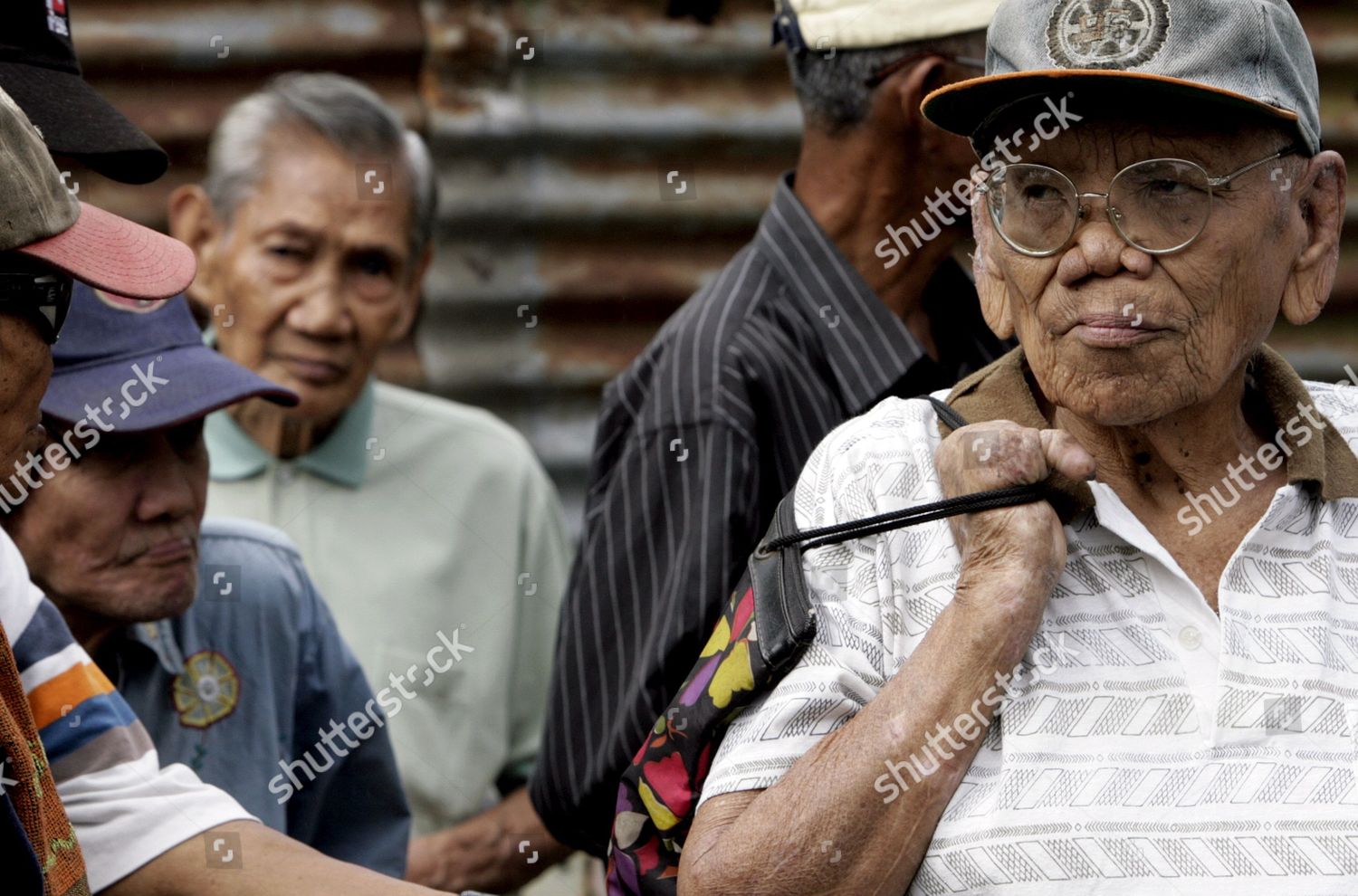By Mortz C. Ortigoza
DAGUPAN CITY – A specialist doctor here cited that leprosy
or Hansen’s disease is not highly contagious that people should be wary of.
“Right now hindi po
natin sila ma isolate. Because they are not highly contagious po upon
treatment. Iyon ang kailangan nating e correct na notion na akala ng tao
mabilis makahawa,” stressed by Dermatologist May Fernandez Gonzales
in a Talakayan Media Forum held recently at the Ciriaco AM Caraos Hall, 4th
Floor Training & Eye Center Building of the Region 1 Medical Center (R1MC)
here.
Gonzales said that one month after treatment the person with
leprosy is no longer infectious.
 |
| Filipino leprosy patients. Photo Credit: shutterstock.com |
She cited that person with tuberculosis is more dangerous to
inflict the disease to other than one with leprosy. She advice that food
utensils of one with tuberculosis should be isolated unlike with the Hansen’s
disease that everybody can use if they are sanitized.
Leprosy, Dr. Gonzales explained, is not hereditary. It is
acquired by droplets from the mouth and nose of the carrier.
Leprosy becomes contagious
if there is extensive contact between people. Its spread is
thought to occur through a cough or contact with fluid from the nose of a
person infected. The disease is not contagious during pregnancy to
the unborn children or through sexual contact. It occurs more
commonly among people living in poverty. Genetic factors may also play a
role in susceptibility.
Treatment of the leper is one to two years at R1MC.
She said the government had already closed down the Quezon
Institute in Quezon City that host those with leprosy and tuberculosis by using
it as a general hospital.
The American era founded Culion Leper Colony, a leprosarium, in the island of Culion in Palawan Province had been closed, too.
“Na reach na rin natin
iyong orientation na kayang i-eradicate ang leprosy. One in 10,000 population
sa country na reach na natin”.
R1MC is classified as a center for dermatology where it caters
to lepers not only in Pangasinan but in the nearby provinces of Ilocos Norte,
Ilocos Sur, and La Union.
“As of now kami pa
lang po ang first dermatology department and NGA na available outside Manila
and the north. So we are the first po,” Dr. Gonzales cited.
Those with complicated ailments are referred to the hospital
here while those with ordinary infliction have been treated by health workers
in their villages and towns.
There are 25 complicated cases of Hansen this year being
treated by the R1MC.
Gonzales said to prevent the affliction one should
strengthen his or her resistance by eating nutritious foods, good hygiene, and
others.
For this year the number one skin disease that inflict
people in Pangasinan is acne, according to Gonzales. Leprosy is number two.
People with leprosy,
according to Wikipidea, can live with their families and go to school and work. At
the end of 2016, there were 173,000 leprosy cases globally, down from 5.2
million in the 1980s. The number of new cases in 2016 was 216,000. Most
new cases occur in 14 countries, with India accounting for more than half.
In the past 20 years, 16 million people worldwide have been cured of
leprosy. About 200 cases per year are reported in the United States.
EXPERTS (Photos below)- Specialist doctors in dermatology, ophthalmology,
and epilepsy give the medical picture of their areas in Pangasinan during the
regular press forum attended by media men that cover Region 1 Medical Center in
Dagupan City. These medical practitioners are Doctors May Fernandez, Augusto R.
Manaois, and Adolfo Solis. Photos by Mortz C. Ortigoza




No comments:
Post a Comment